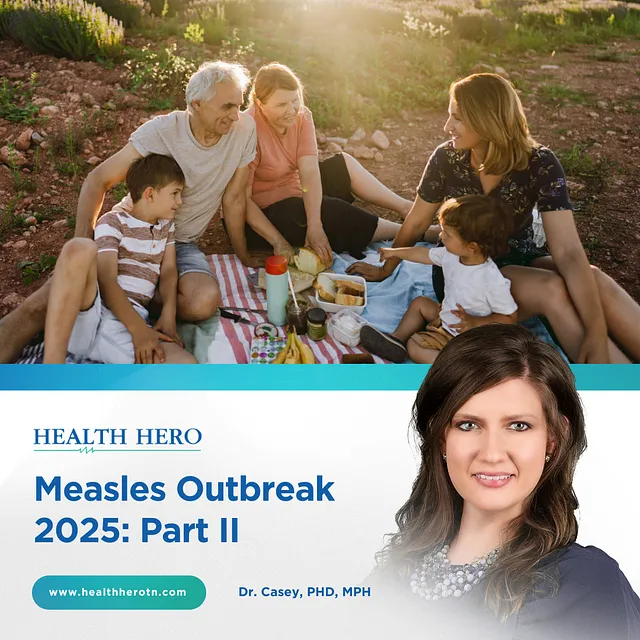The Expanded Programme on Immunization (EPI), now known as the Essential Programme on Immunization, has profoundly impacted the world for five decades. 154 million lives have been saved, 101 million of which were infants. This statistic highlights the critical role immunization plays in protecting society’s most vulnerable members.
The success of the smallpox eradication campaign fueled EPI’s inception. This started a global movement to protect children against six devastating childhood illnesses. It evolved into a comprehensive initiative encompassing essential vaccines for 13 diseases and 17 context-dependent vaccines.
A study conducted by the Lancet evaluated the global and regional health impacts of vaccination against 14 diseases. The results showed a 40% reduction in infant mortality globally and over 50% in Africa. Research showed that the measles vaccine alone has averted 93.7 million deaths since 1974, followed by tetanus (28 million saved), pertussis (13.2 million), and tuberculosis (10.9 million).
As of May 2, 131 measles cases were reported by 21 jurisdictions in the United States.
This year’s measles case total is the largest annual tally since 2019. The rise in cases is mainly due to vaccination rates falling from 95% over the last few years to 93% in 2022–23. The measles outbreaks serve as a reminder of the importance of vaccination and that the work of EPI is far from over.
Childhood vaccinations are essential to saving lives and making our communities safer. Following the recommended vaccine schedule is vital to ensure children receive protection at the right time and in the most effective manner. Vaccinations typically begin shortly after birth, with the first doses of vaccines, including those for hepatitis B and polio, administered during this period. Additional doses are given at 2 to 4 months to boost immunity against diseases such as diphtheria, tetanus, pertussis, rotavirus, and Haemophilus influenza type b.
By 6 to 18 months, children receive further doses of vaccines to ensure lasting immunity, including measles, mumps, rubella, varicella (chickenpox), hepatitis A, and pneumococcal disease. Booster shots for some vaccines, such as those for diphtheria, tetanus, pertussis, and polio, are administered at 4 to 6 years.
Around 11 to 12 years of age, children receive vaccines for meningococcal disease and human papillomavirus (HPV), along with boosters for tetanus, diphtheria, and pertussis. Throughout adolescence, vaccination against influenza should continue annually, and catch-up vaccinations may be recommended if any doses were missed earlier.
As we commemorate the 50th anniversary of the Essential Programme on Immunization, it’s essential to acknowledge the progress made while recognizing the challenges ahead. While vaccines have saved more lives than any other medical innovation in the last century, we’re witnessing a concerning trend in the decline of vaccine rates. This decline poses a significant threat to public health, as it undermines the progress we’ve achieved under EPI. The 50th anniversary of EPI is an opportunity to change that tide and contribute to a healthier future for everyone.
Sources:
WHO: 50th anniversary of the Expanded Programme on Immunization (EPI)


